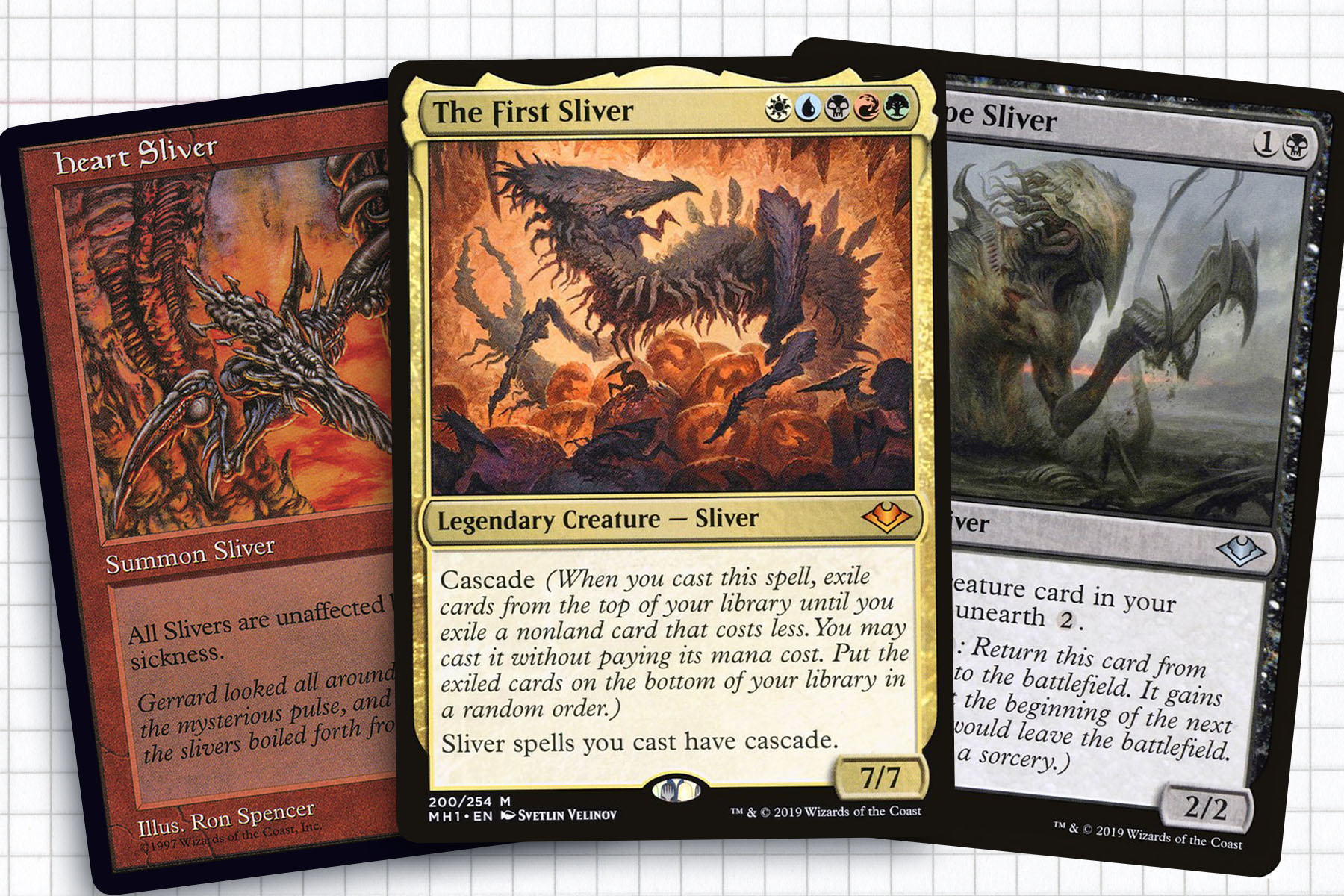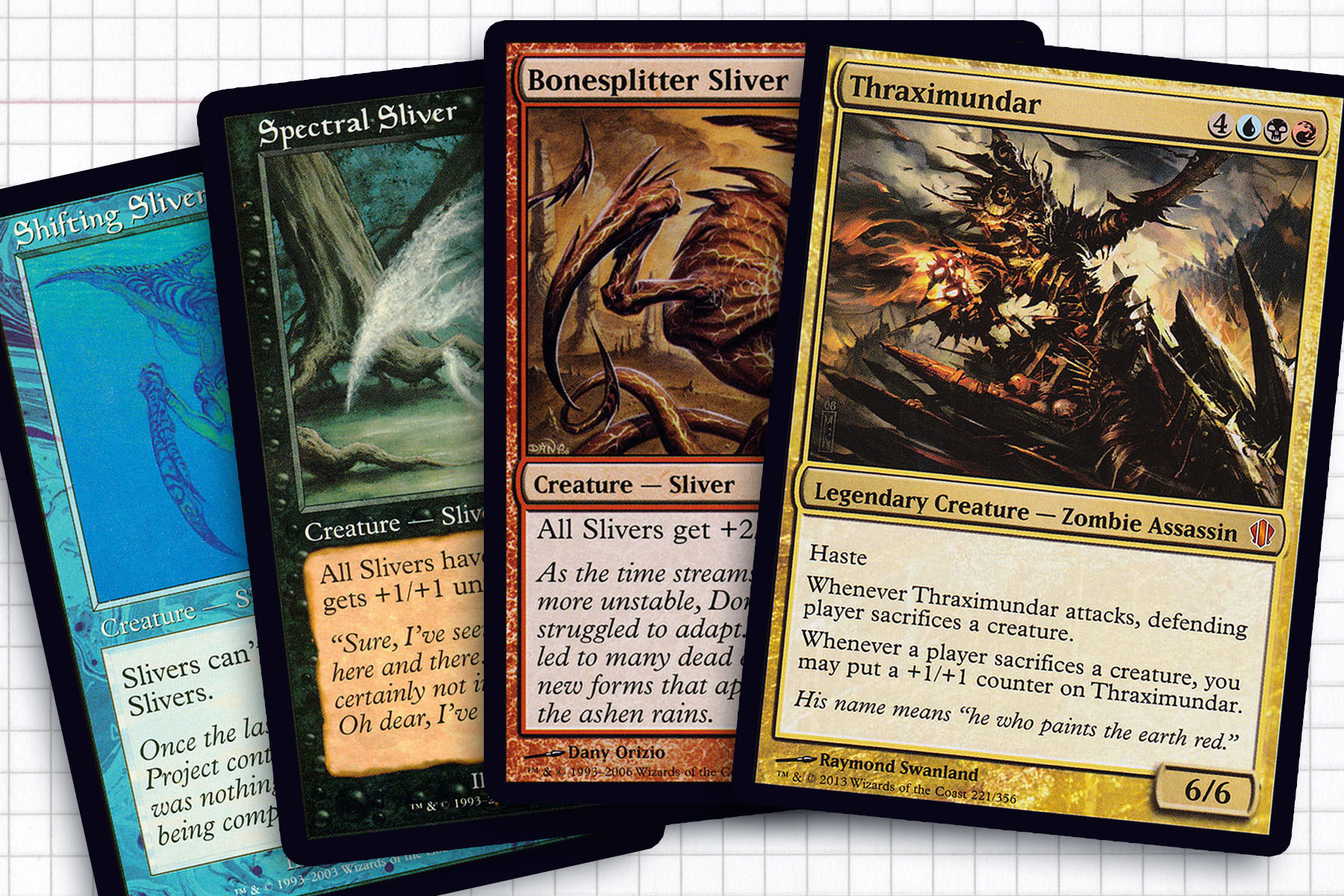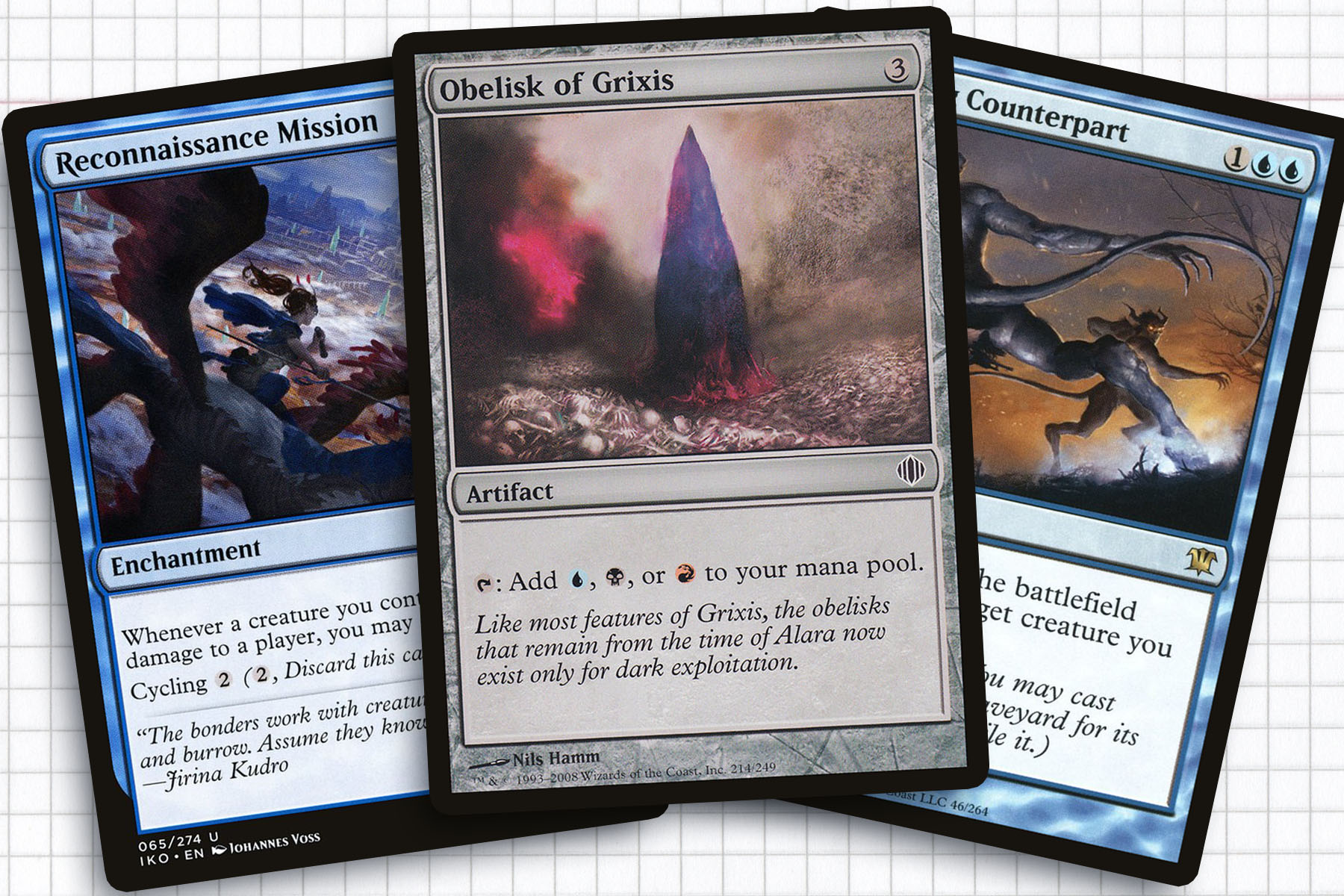Dollar General—[dol-er] [jen-er-uhl]
A variant of the Commander format, itself a casual multiplayer variant format for Magic: the Gathering with specific rules centered around a legendary creature called a General. The additional layer being that every card comprising a 100-card deck must cost less than a US dollar.
At least once per year I have the pleasure of partaking in a Minnesota tradition in which community members build commander decks with the intention of swapping them in a Secret Santa fashion. It’s a wonderful, low-cost way for the community to come together and share our love of Commander. One of my biggest takeaways from this tradition every year is seeing how other local players build decks under the restriction that Dollar General supplies.
Funny enough, this year I almost didn’t participate, because the last thing I wanted to do was build around a bulk legendary that is currently in Standard, which was all I could think about at the moment. Then, during a post-holidays sorting push for all my Magic cards laying around my office, I came across a stack of slivers I had gotten from Modern Horizons. What started as my quest to build a slivers deck solely out of the cards I had in my collection turned into the inspiration for the last minute Secret Santa gift I wanted to bestow on a friend. Today, we will be looking at the inspiration, intention, and lessons I learned from building a slivers deck on a budget.
Commander: Thraximundar
Creatures: Amoeboid Changeling, Battering Sliver, Belligerent Sliver, Bonesplitter Sliver, Brass Herald, Changeling Berserker, Changeling Outcast, Cleaving Sliver, Clone, Dregscape Sliver, Fury Sliver, Ghostflame Sliver, Graveshifter, Heart Sliver, Hollowhead Sliver, Hunter Sliver, Metallic Sliver, Mindlash Sliver, Mistform Warchief, Mothdust Changeling, Pilgrim’s Eye, Scuttling Sliver, Shadow Sliver, Shifting Sliver, Spectral Sliver, Spitting Sliver, Striking Sliver, Synchronous Sliver, Two-Headed Sliver, Universal Automaton, Venomous Changeling
Artifacts: Darksteel Ingot, Dimir Signet, Executioner’s Capsule, Izzet Signet, Mirror of the Forebears, Mycosynth Wellspring, Obelisk of Grixis, Rakdos Signet, Spine of Ish Sah
Enchantments: Reconnaissance Mission
Instants: Cackling Counterpart, Crosis’s Charm, Foil, Grab the Reins, Grixis Charm, Jace’s Ingenuity, Keep Watch, Mana Leak, Miscalculation, Negate, Terminate, Withdraw
Sorceries: Aphetto Dredging, Besmirch, Consuming Vapors, Cruel Ultimatum, Distant Melody, Mob Rule, Tezzeret’s Gambit, Zndrsplt’s Judgment
Lands: 12 Island, 9 Mountain, 6 Swamp, Bloodfell Caves, Dimir Aqueduct, Dimir Guildgate, Dismal Backwater, Evolving Wilds, Ghost Quarter, Izzet Boilerworks, Rakdos Carnarium, Rakdos Guildgate, Rupture Spire, Swiftwater Cliffs

A Brief History of Slivers
Since their creation, slivers have been a very popular tribe, even despite how linear they can be. Yet, slivers are one of those rare parasitic mechanics that evolve into something more. No longer feeling so isolated, as we’ve returned to the tribe half a dozen times. I remember discovering them during their return in Legions and falling in love with them. This is probably the root of why I like their original artistic design; though in all fairness, I don’t feel the mechanical change from global effects to only affecting their owner’s creatures was a bad thing at all. Times changes and fixing board complexity was more important.
When we revisit slivers, we generally get an anthem effect like Muscle Sliver, an evasive effect like Galerider Sliver, or some addition to the keyword soup like Sidewinder Sliver. But if we get a legendary sliver, it’s five colors. By the time I was getting fully into Commander, Sliver Queen, Sliver Legion, and Sliver Overlord all existed—each respectable enough power-wise that you never questioned a pilot’s choice to run one over the others. In the intervening years we’ve seen Sliver Hivelord and The First Sliver, which Wizards’ credit, means that we have five respectable choices as generals. But when every silver general is all five colors, it removes some of the nuance, which is where the impetus for decks like today’s to be crafted.

The Quest for Nuance
This deck is pulling double duty. Not only was it an experiment to see if a Dollar General version of slivers was possible, it helps to answer a question that I had about the archetype: what does a deck that doesn’t have access to all five colors look like? I unintentionally explored the idea of cutting colors out in the past, as I assembled a Volrath, the Shapesharer silver deck. But the intent there was more to test the flexibility of Volrath more than making a statement about slivers.
You could build a five color Dollar General slivers deck helmed Jegantha, the Wellspring and Jodah, Archmage Eternal both exist. But in building around the price restriction, all of the mana slivers in green are priced out. This, along with wanting to distance myself from the Volrath build, made leaving green out of my color identity a really easy choice.
I had a lot of faith that a red-blue deck, on its own, was probably going to be a fine enough base. The ability to make our creatures unblockable through Shifting Sliver and Shadow Sliver meant that if we could reasonably pump the power of our creatures, we may be aggressive enough to close out games very quickly. Enter Bonesplitter Sliver and Cleaving Sliver. Add black’s ability to provide us with pretty good removal and recursion over white’s offerings and choosing a Grixis general became my last big choice for the deck. Thraximundar became an ideal choice, not only because he would set different expectations against a fresh table, but he also is a solid back-up plan that can hit the board running with haste.

How the Deck Plays
Since this deck was being gifted away in a matter of days after completion, one of the biggest issues I had in trying to find the right build of this deck on the first or second attempt was nailing the right distribution of mana. This was the notable shortcoming of ditching green, I knew I would be losing mana slivers, but I neglected to remember I would also be missing out on the easy mana fixing spells. A mana base in Dollar General is frankly not that different than most Commander decks, but if I had known that we were going to get an entire ten-card cycle of common dual lands in Kaldheim, I would have included those before I gifted the deck off.
Once I was able to find the right mix of lands, the ideal game play was that my opponents would not know what they are up against until a few turns in. This creates a scenario where the deck can out of nowhere apply a lot of pressure, which to my surprise, the deck did. In reflection, this is in keeping with slivers as a tribe: they go wide and can overwhelm a player very quickly. Additionally, I had added Clone to the deck because I felt like I had used all of the changelings I thought were necessary, only to find so much value in either doubling up on buffs with Cleave Sliver or creating redundancy of important effects like Hollowhead Sliver, that I made room for Cackling Counterpart and Zndrsplt’s Judgment.
In the end, I think this deck is a fun thought experiment that I would invite others to riff on, building surprise sliver decks under the guise of a different general. But the realist in me does understand that trying to force slivers into a suboptimal build may not appeal to everyone. In the limited time I had with the deck, I was impressed by the variance it had, either it was spiraling out of control as it curved out with frightening combinations of the hive, or I found myself with lower powered slivers that all had vigilance, menace, and shadow. And honestly, that’s the kind of nonsense I can really get behind sometimes.
Slivers might be harder than most tribes to personalize, but I think they are remarkably suited to Commander. As a tribe, slivers are highly dependent on each other, benefiting the most when you have a wide spread of different kinds of them. Not to mention, on a primal level, they are really easy to understand. Even if they create incomprehensible board states at times.
While I have built other decks for these gift exchanges, that I think have been in an objective sense far better, I’m enthusiastic about this build and proud that I was able to concoct a fairly aggressive sliver deck that anybody could build for $35. Commander allows for so many different expressions of similar ideas. My hope is to highlight the need for people to be empathetic to people that want to try new ideas without the intention of creating something fundamentally broken. Stay safe, love one another, and I’ll see you all next time.
Ryan Sainio is a Graphic Designer who writes about EDH and the EDH community. He has been playing Magic: the Gathering since 7th Edition in 2002 and values flavorful and fun gameplay over competitively optimized decks.

